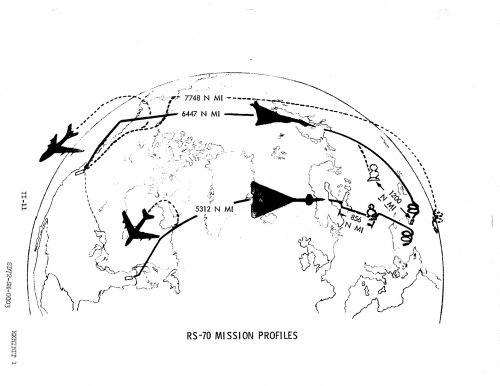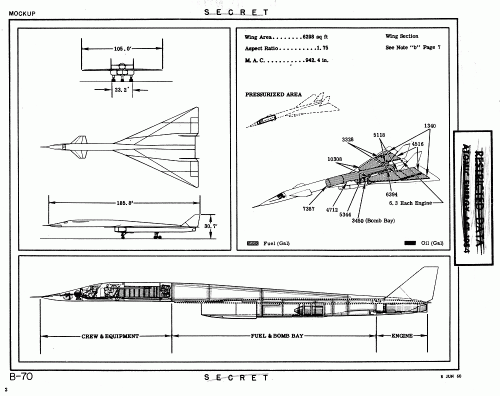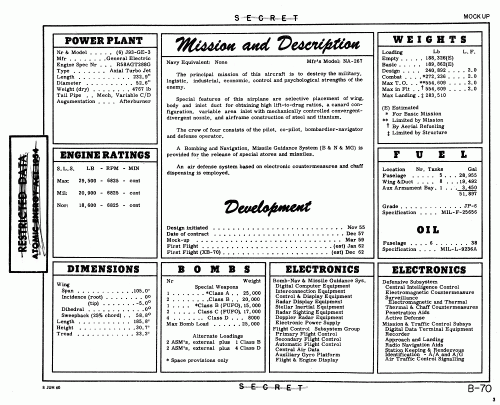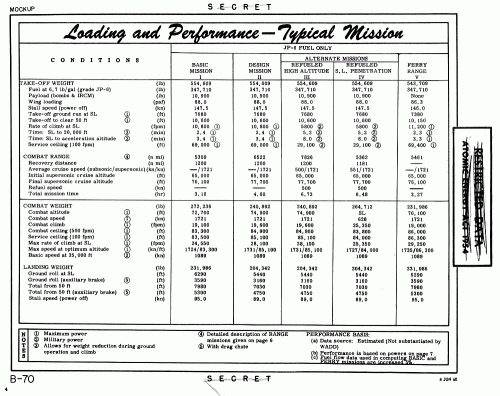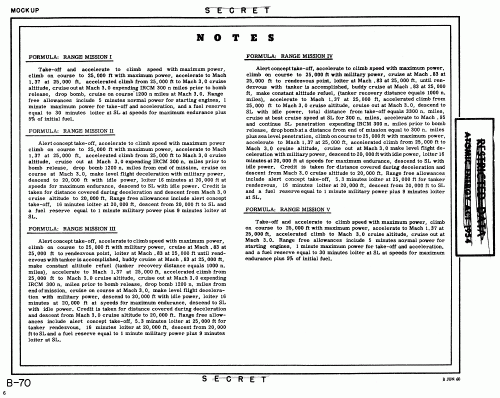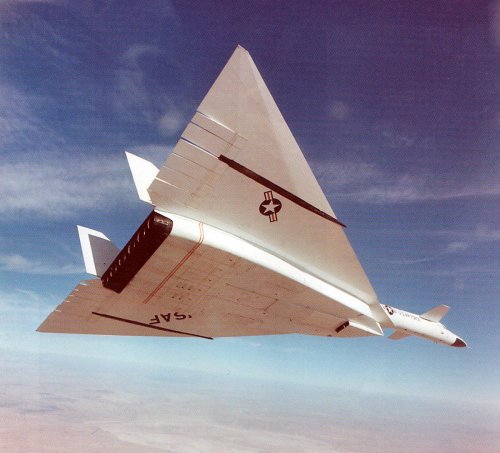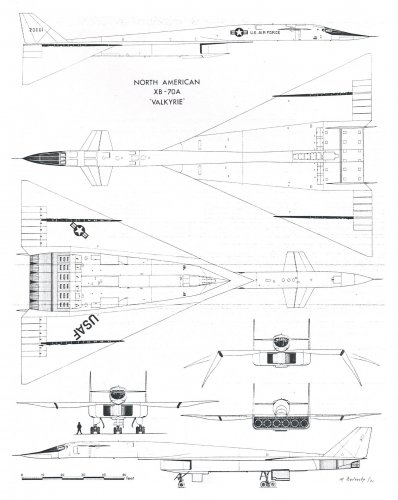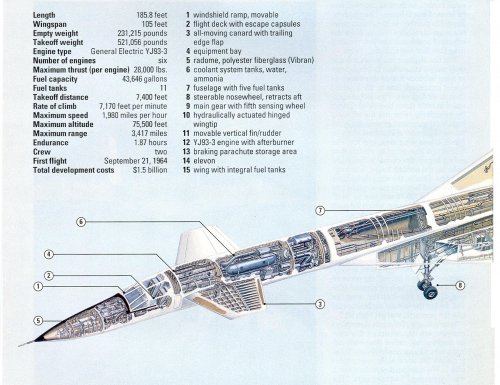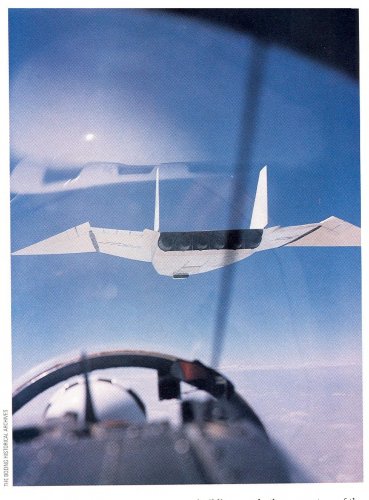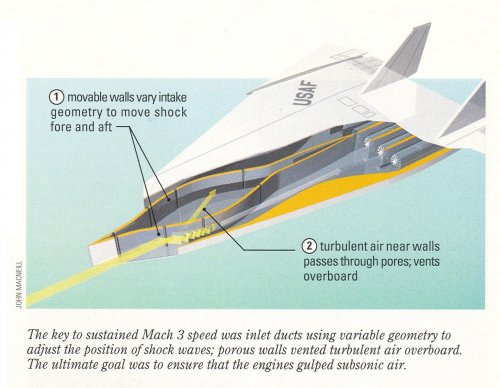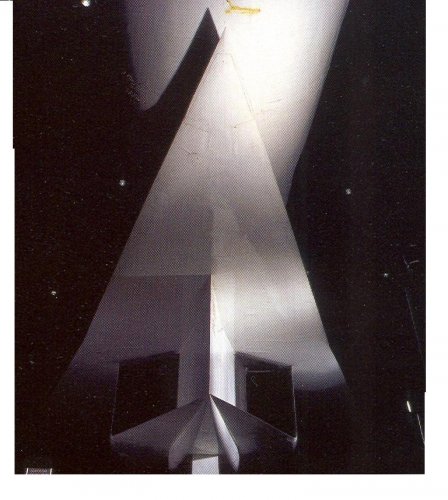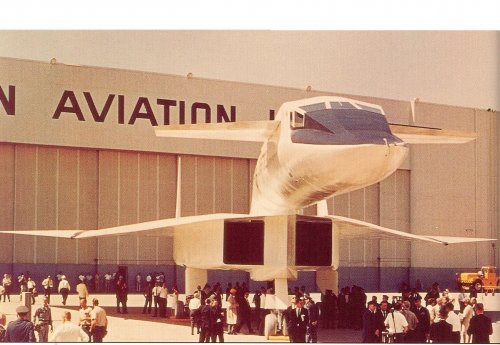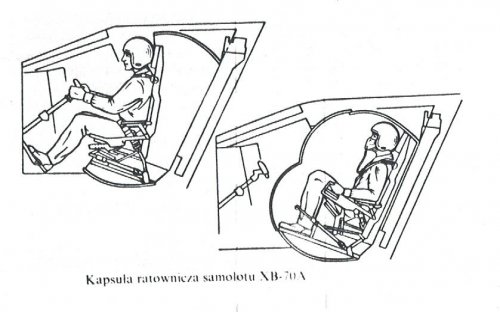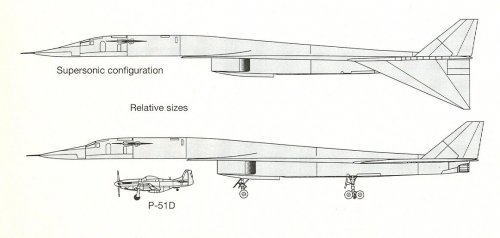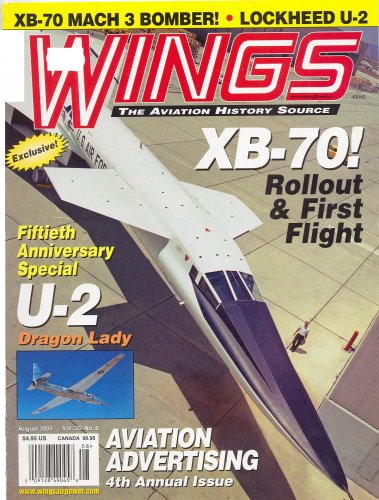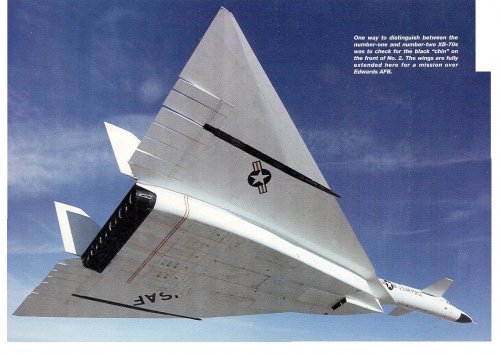Only if the bomber was refitted for it. The B-70 SAC you posted only refers to special weapons and it looks like you'd need to do an extensive refit to give it anything like a large payload.
The two bomb bays on the B-70 could hold 13 foot long weapons, that's a lot of room to play with, and compared to the electronic interfaces required for a nuke (arming, etc), a iron bomb is simple.
As for large payload; no refit is required. The wings have two hardpoints that are stressed to hold 10,930 lb missiles (Skybolts); and with two Skybolts, you have a maximum internal payload of four Class D bombs, each of which weighs 8,000 lbs. That's 32,000 lbs internal, and 21,860 lbs external, for a total bombload of 53,000~ lbs.
Of course, most likely the external hardpoints would have been used for streamlined pods which would contain conventional bombs inside the pod, like the various proposed B-58 conventional weapons pods; so actual bombload would be much less; probably more like 40,000 lbs.
Mach 3 and 75,000 feet is liable to be a touch too inaccurate for conventional bombing otherwise (or even with).
Actually, Mach 3 and 85,100 feet is the combat speed and altitude of the B-70. She cruises 10 knots slower than her combat speed at 77,000 feet.
As for accuracy....
Well, it may come as a surprise; but accuracy was always a key parameter of the B-70's bomb/nav system; because even with a nuke, if you're off by a couple hundred feet; a heavily hardened target can survive, and this was a major selling point of the B-70 in the Missile/Bomber fight; a B-70 could strike targets much more accurately than the ICBMs then in service.
And if you REALLY need accuracy. There's always subsonic sea-level penetration (look at Range Mission IV on the SAC).
BTW, as an aside; the AN/ASQ-28 bomb/nav system that was to be used on the production B-70As was to be designed with growth capability for operation out to Mach 3.5 and 110,000 feet; and it later formed the basis for the early proposals for the B-1A's bomb/nav systems.

